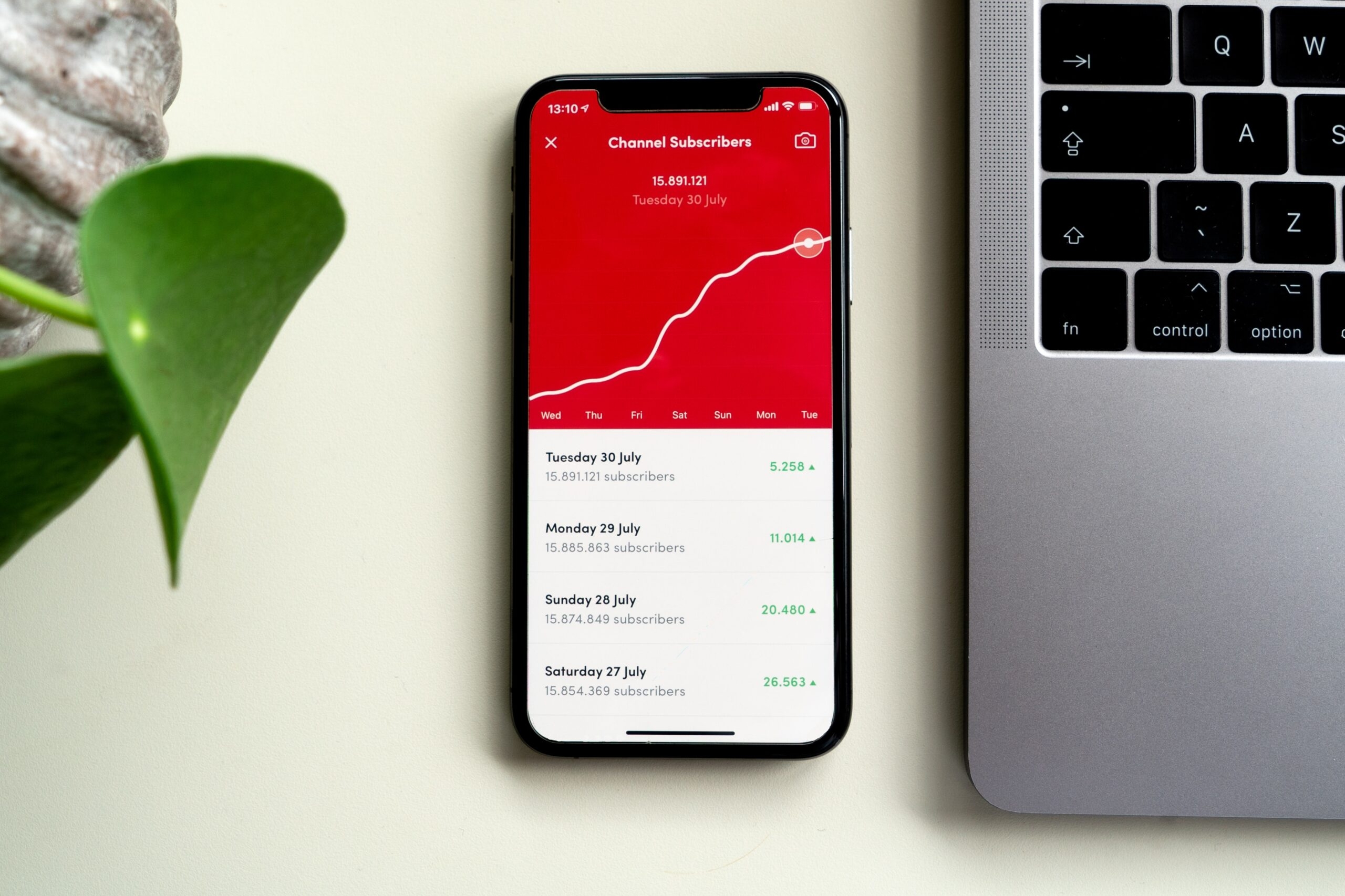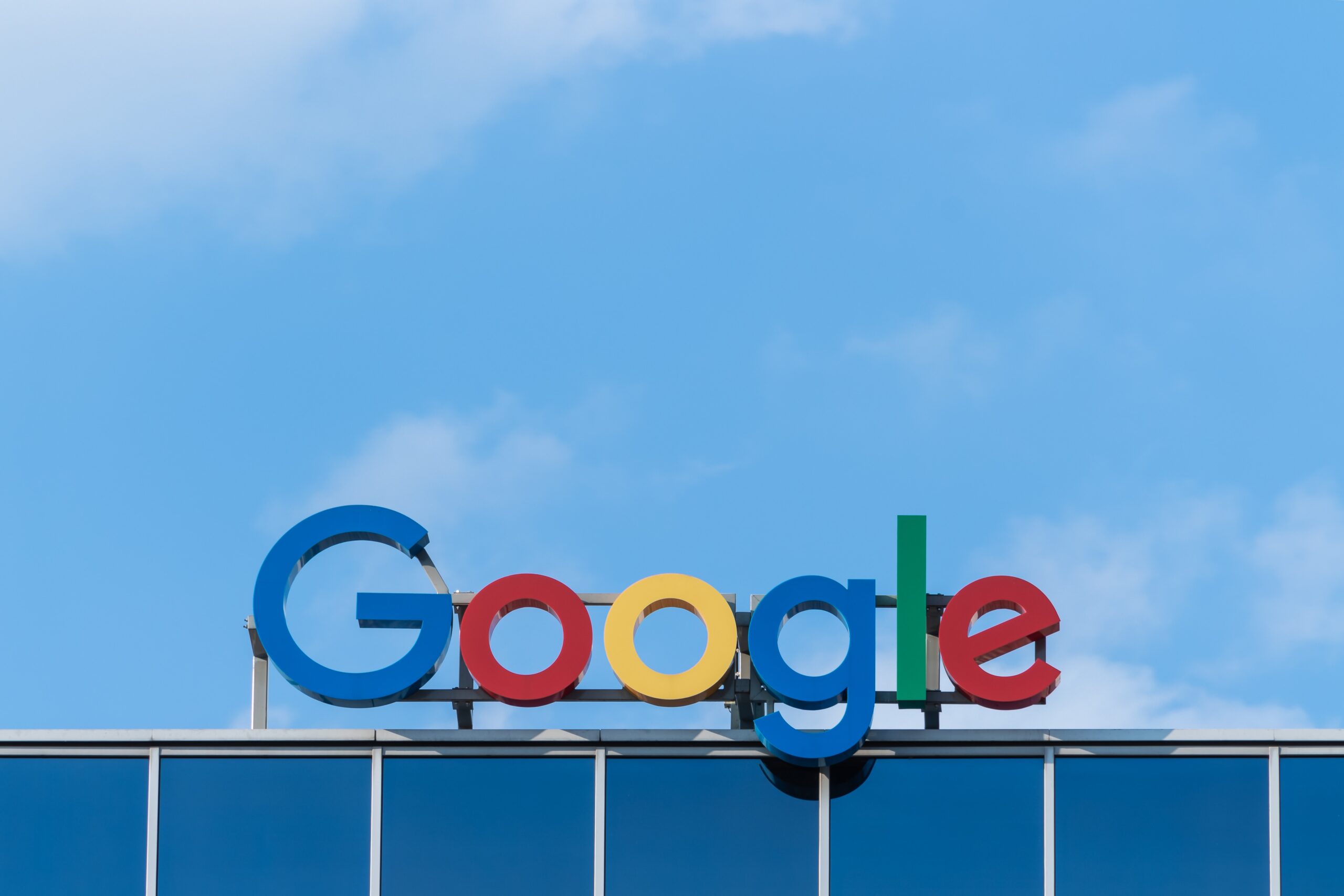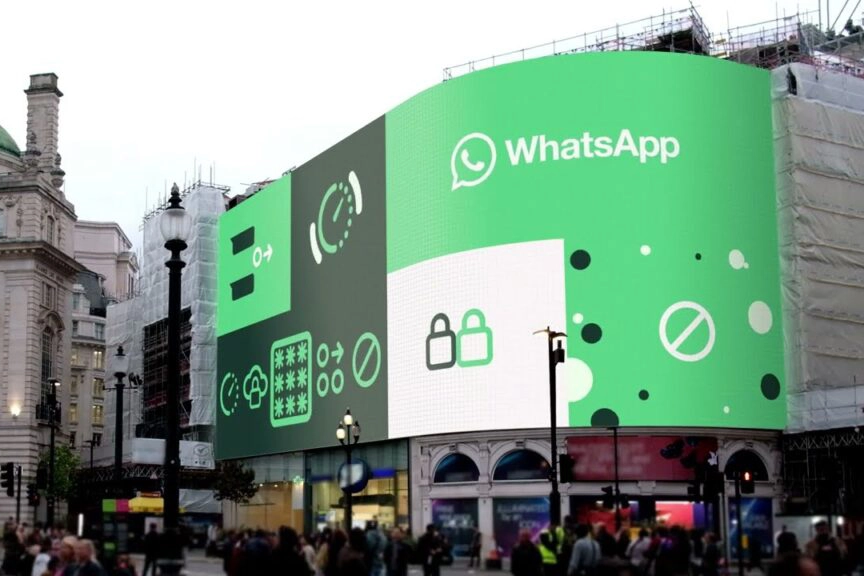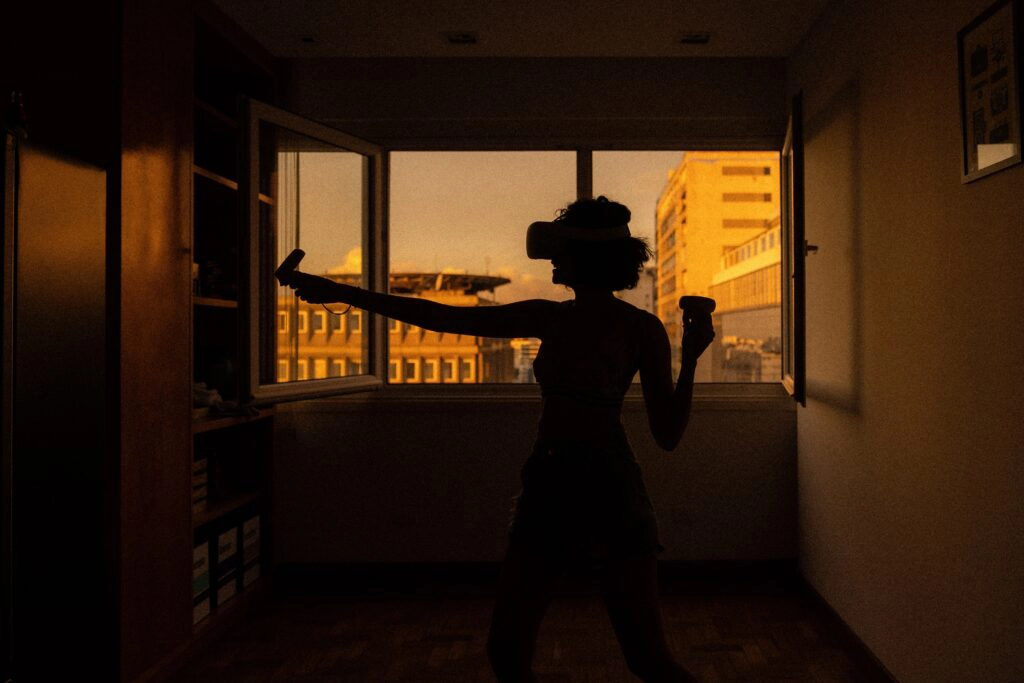Improving Event Marketing: Tactics to Boost Your Event Marketing Impact
Event marketing amplification is becoming a growing topic in the digital marketing space. What is it? It’s a sophisticated strategy within marketing. It can stand as a beacon of innovation and transform events into expansive experiences that leave the event attendee with a lasting impression. In this article, we will look to delve into the intricacies of event amplification, and explore an array of strategies that will look to transform and elevate the impact of your event and associated marketing activities.
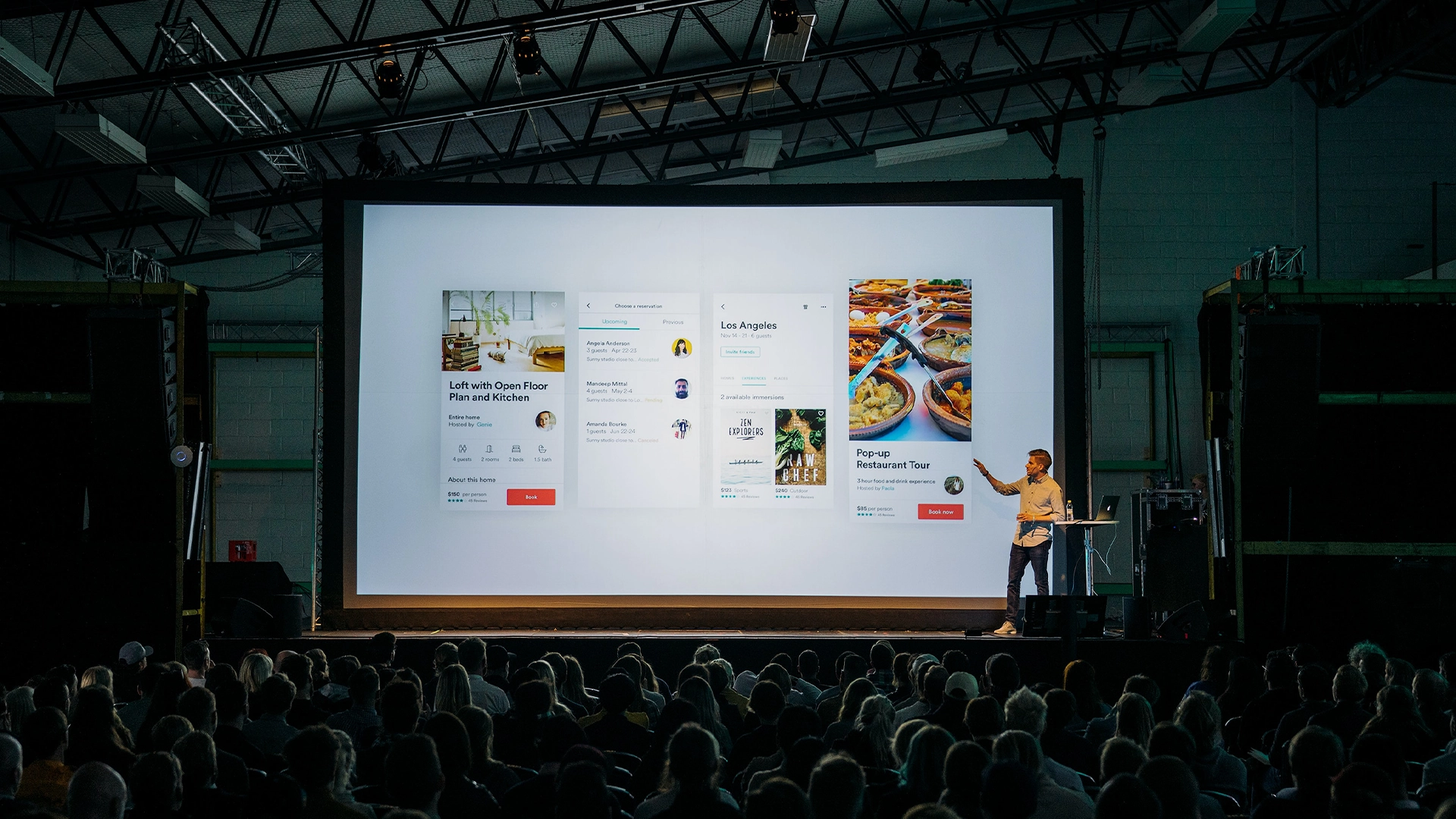
Pre-Event Buzz: Building Anticipation
Building anticipation is key to a successful event. Being able to generate excitement about the said event involves crafting an effective pre-event strategy. Utilising social media, where you can use teasers and snippets of what the event experience will be like. For example, if you hold an event on social media marketing and how to build your following, you could provide your viewer with a snippet of one of the key strategies you are going to be looking at. This could simply be a short video. More examples could be:
- Behind-the-scene glimpses
- Clips of key speakers
- Teasers of exclusive content
You could also organise an email campaign that invites and provides potential attendees with sneak peeks, with the inclusion of a summary of what is to be expected with the type of information your target audience will be looking for.
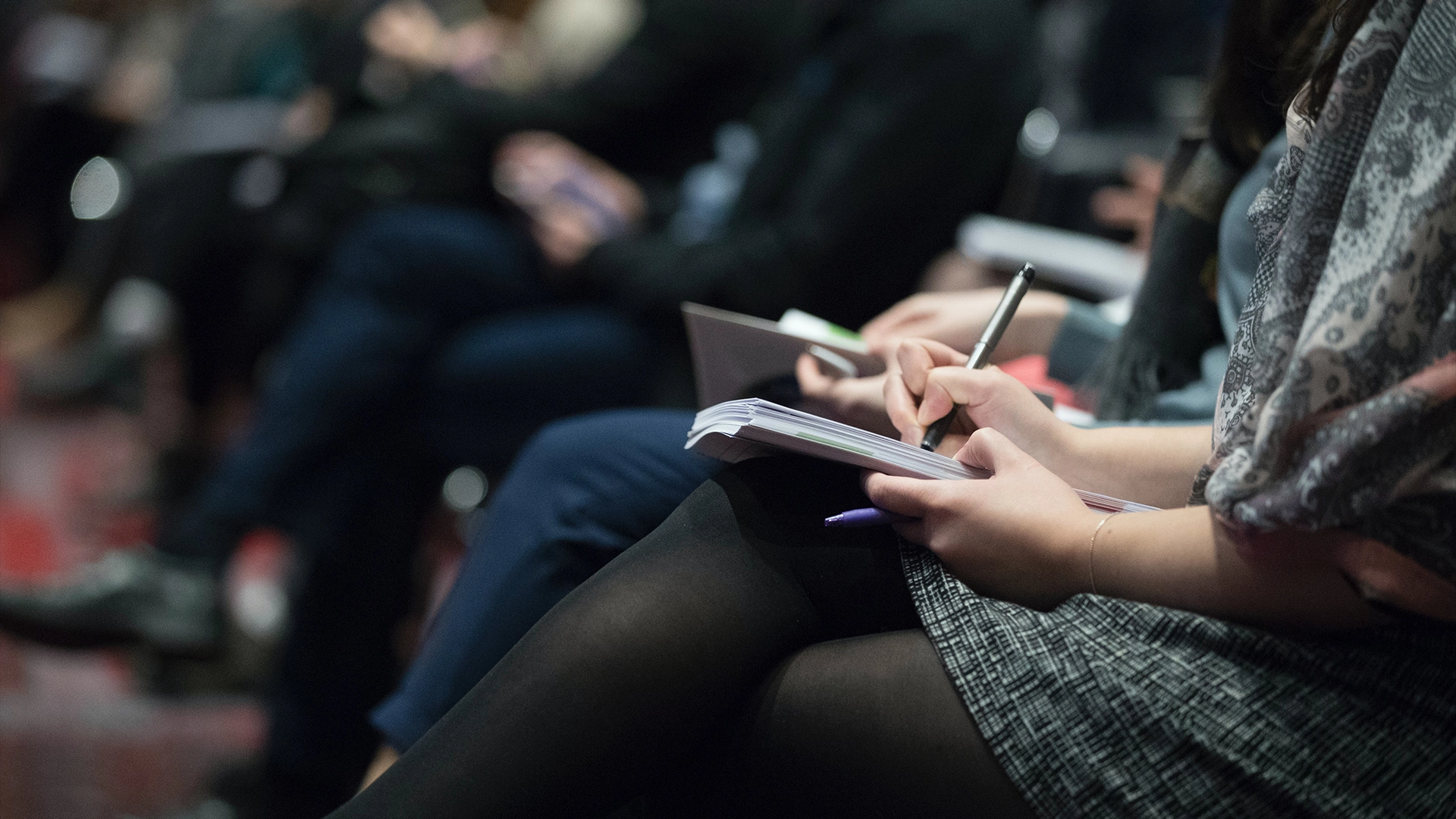
Influencer Partnerships: Expanding Reach
Expanding reach is something that can often be overlooked, especially when it comes to utilising influencers’ reach in order to obtain new eyes. Build relationships and partnerships in advance of the event, so that the influencers you have connected with can add a larger audience to your event, magnifying what you are trying to sell. Whether it be Instagram, Facebook or TikTok, the effect these influencers can have in amplification mustn’t be underestimated. It will also add credibility to your event, as a popular influencer’s blessing can often encourage new people to search out your brand and want to listen to what you have to say.
Live Social Media Engagement
The pulse of an event beats in real-time on social media platforms. Everything is now. Whether it be real-time updates or highlights of what is current, there are social media teams whose job it is to engage the followers of a page and create excitement. You can do this by harnessing active participation through comments, polls and discussions, adding to the experience of the event by making it interactive. Creating an online community can also create a sense of loyalty as they feel part of something they have joined because of you.
Multimedia Content Creation
Storytelling through visual content is also something not to be taken likely. When people view your event through photography and videography, they are already consciously and subconsciously judging the event on how it looks, how the people in the video may be reacting for example, what the quality of the event looks like. Image galleries with quality photography or slideshows that are created through professional videography will only enhance the event. You don’t have to be a professional either to achieve this, you can employ a professional or even have a hand in the creation of such visual stimuli, just remember it is important how it looks.
Post-Event Recap and Highlights
Once your event is done and dusted, be sure to provide highlights through key moments, success stories and attendee testimonials. Depending on the way you communicate with your audience, this can be done via blog posts, social media letters etc. You can really sell the event even after it has been surmised by telling the story of how it went, if a person did not attend, they may be eager to go to your next one!
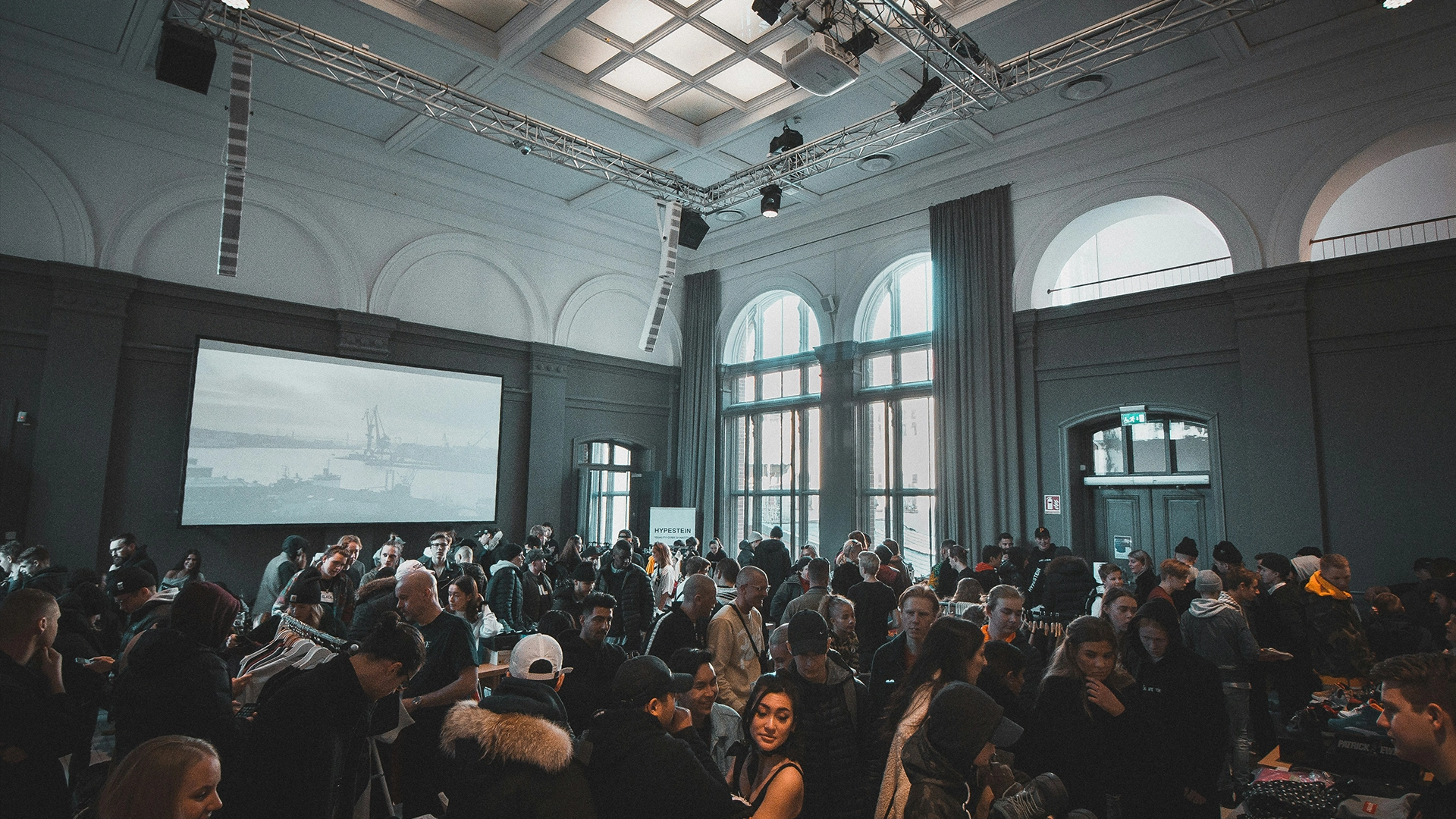
Data Analytics and Measurement
How many people went to your event? What was the engagement like? Data analytics and measurement can help you with this. It doesn’t have to all be social media either, you can even do this at the event by handing out questionnaires, this is a good tool as you are getting the attendee fresh from their experience where they are likely to give you their raw opinion on what went well and what went not so well. This can boost your arsenal for future events and how the best way is to tackle them.
Integrating Virtual Components
We are in an ever-changing world, especially since the pandemic! So the usage of virtual components is more prevalent than ever, who said the event needed to be in person? Whilst you cannot beat the raw feel of a live event in person, sometimes people will opt for the virtual experience. This could be a teams or a zoom conference, or you could do live streaming. Embracing this aspect of an event can only bolster your reach, whilst adding to the accessibility of the event.
Collaborative Partnerships
Perhaps you have people in the same industry who are like minded in their approach? Perhaps they are not like minded but you can still benefit from a collaborative partnership with them. Cross promotion that looks at shared contents and joint engagement strategies are two ways you and your partner can benefit.
Interactive Attendee Experiences
As mentioned previously, you cannot beat the live event in terms of the raw experience the attendee will feel, so it’s advised to make this interactive where you can and where you feel is natural. If someone is listening to a speaker for an hour, they have the tendency to lose concentration, but if you can keep the attention span of the attendee via Q&A sessions or interactive polls then do it. The more engaged the attendees, the more the event will reach your target audience, it will also tie into other aspects of event amplification we have covered such as questionnaires on what the attendee felt when they attended and ties in nicely to the next point.
Post-Event Surveys and Feedback
Post-event surveys or questionnaires will tell you a lot about how it went (Especially if you have truthful attendees who are not shy on giving their opinion!). This feedback will provide you with an understanding on how it went and what the attendees perspectives were, it may even change how you go about your next event.
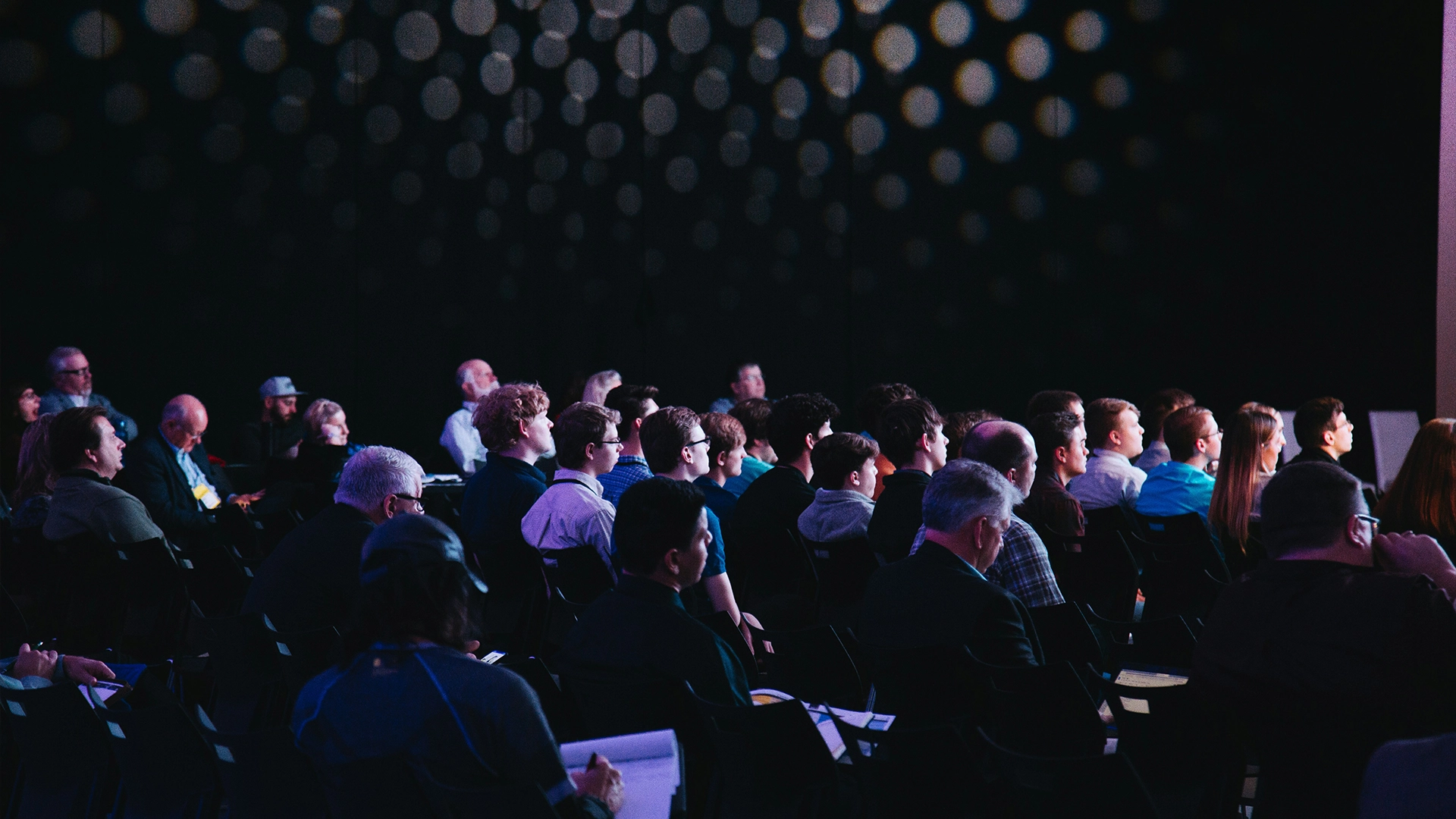
Case Studies: Successful Event Marketing Examples
Tune into other successful event amplification examples! Companies such as Adobe, with their renowned Adobe MAX conference, or a TED Talk where a particular speaker was able to engage their audience. Real world examples can provide you with an insight on what works well and what does not which you can use to further enhance your own ideas. There is a real diversity in the types of events out there, so get looking and see what you think would work for you.
Future Trends in Event Marketing
One thing is for certain, the future of event amplification promises to be teeming with innovation. Especially when you take into account augmented reality (AR) and virtual reality (VR) which are poised to redefine the boundaries and experiences of immersive event experiences. AI driven personalisation also holds a lot of potential when it comes to changing event amplification. Being attuned to trends such as these will not only provide strategic advantages but also shows you are proactive to remaining in tune with trends and the dynamic landscape of event marketing.
Conclusion
To conclude, event amplification shows true the testament of transformative power in strategic marketing. The inclusion of all the points we have covered will only harness the creative power an event can hold in which you the creator can reap the rewards. Pre-event buzz, influencer partnerships, social media engagement etc, will help achieve this. Bear in mind that the journey of event amplification is not just a strategy; it’s an ongoing commitment to crafting experiences that endure in the hearts and minds of your audience and attendees.
More interesting content...
Like this story? Share it on your social media...
For more of the latest content, why not subscribe to our mailing list...


